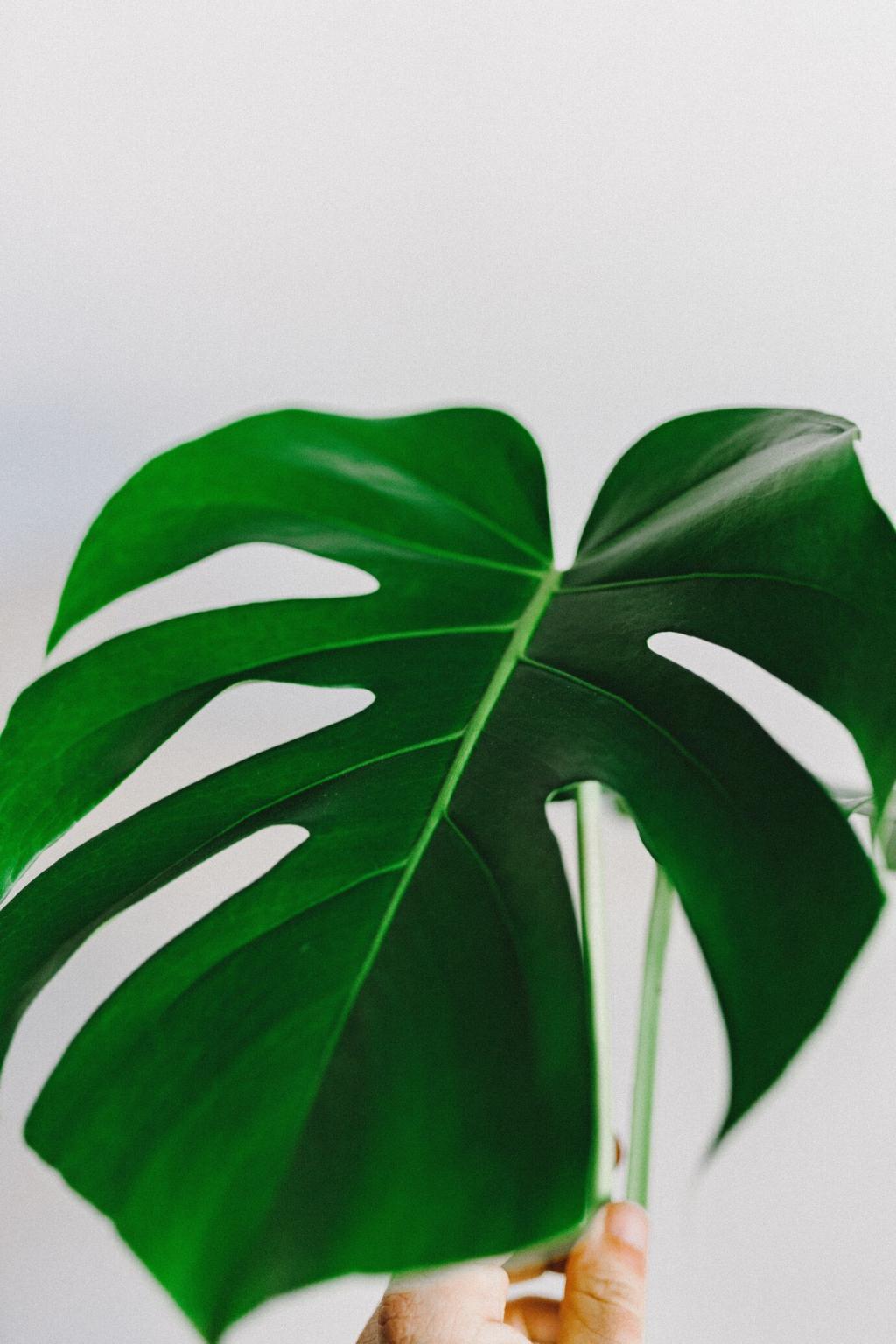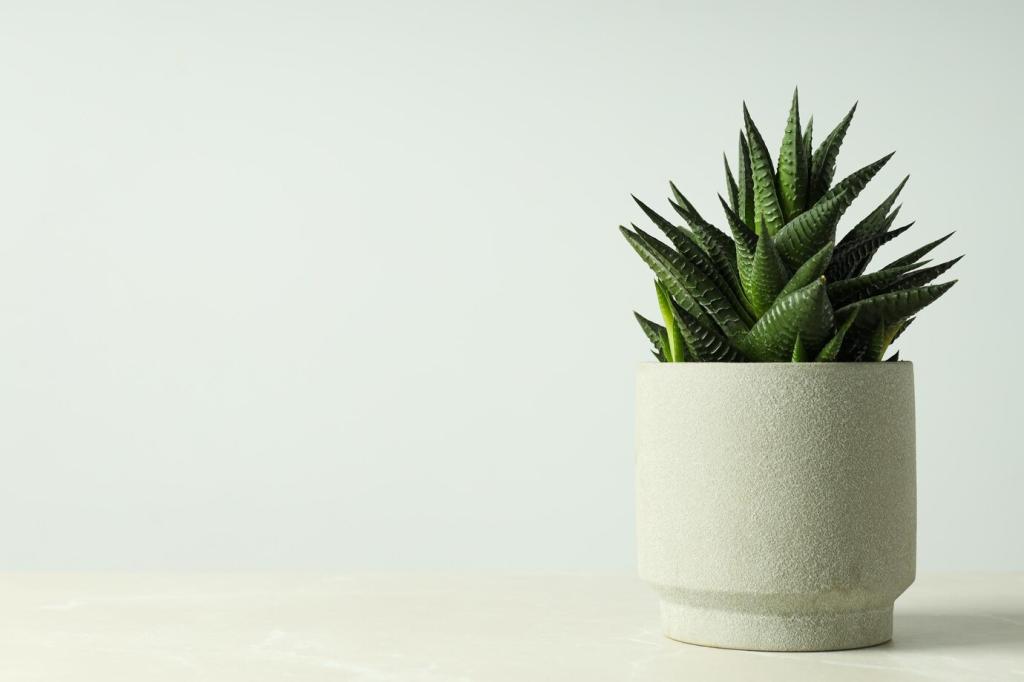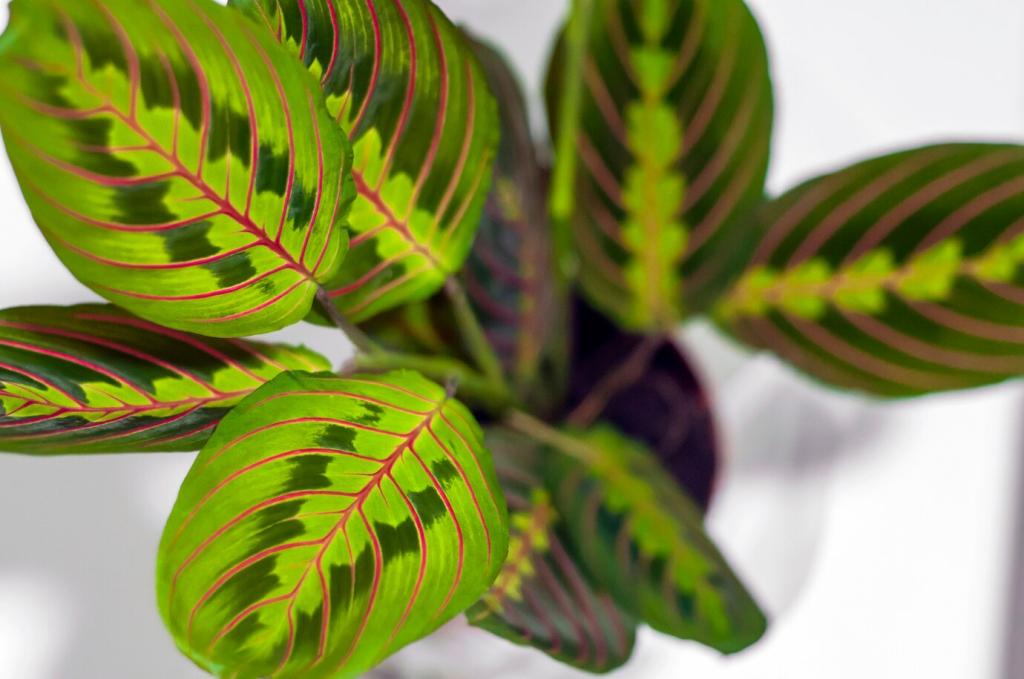Hanging Plant Arrangements
Choosing the Right Plants for Hanging Arrangements
Low-Maintenance Favorites
Low-maintenance hanging plants are ideal for those who have busy lifestyles or are just beginning their plant journey. Species like pothos, spider plants, and philodendrons are popular because they thrive in a variety of lighting conditions and can tolerate occasional neglect. Their resilience means fewer worries about missing a watering session or getting the sunlight just right. Additionally, these plants offer appealing foliage and air-purifying properties. When selecting low-maintenance favorites, it’s helpful to research each plant’s particular soil and watering needs so you can create the best environment for continuous growth without overwhelming your schedule.


Flowering Varieties
Flowering plants bring bursts of color and a touch of fragrance to your hanging arrangements. Options like fuchsias, trailing petunias, and begonias can produce vibrant blooms throughout the growing season, turning your overhead spaces into mini-gardens in full bloom. Placement is key: most flowering varieties prefer plenty of indirect light and regular feeding to encourage blossoming. When choosing flowering plants, consider your climate and the indoor temperature to ensure that the species will thrive. Incorporating these vibrant selections turns an ordinary room into a lively space that feels connected to the outdoors.
Creative Display Techniques
01
Macramé hangers inject a handmade, bohemian vibe into your hanging plant arrangements. These intricately knotted holders are both decorative and functional, providing sturdy support while showcasing your unique style. Whether you purchase macramé hangers or craft your own, you can experiment with various colors, patterns, and lengths to coordinate with your interior design. Artistic hangers provide flexibility in display height and composition, making it easy to swap out plants or rearrange your space as your collection grows or the seasons change.
02
Grouping multiple plants together creates a lush, mini-jungle feel and maximizes impact. Positioning plants at varying heights and distances encourages a sense of dimension and fullness, while allowing for the combination of diverse colors and leaf shapes. Layering different species also helps to simulate natural environments, giving each plant access to sufficient light and airflow. When planning a grouped display, consider the growth habits and care requirements of each plant to ensure harmonious coexistence and ongoing vitality in your hanging arrangement.
03
Moving beyond standard pots, unconventional containers can elevate your hanging arrangements and reflect your personal creativity. Items like repurposed teacups, driftwood holders, or glass terrariums offer unique ways to present your favorite plants. Choosing containers made from materials such as wood, ceramic, or metal can add texture and visual interest to your installation. Be sure to select vessels with appropriate drainage and stability to support healthy plant growth while also making a bold decorative statement in your space.
Placement and Lighting Considerations
Harnessing natural sunlight offers the healthiest environment for most hanging plants. South and east-facing windows generally provide the brightest and most consistent light, making them ideal for sun-loving species. For shaded rooms, supplemental reflectors or careful positioning can extend available light without causing stress to light-sensitive plants. Observing how sunlight shifts throughout the day helps you rotate your plants as needed to maintain even growth and prevent leggy, pale foliage caused by insufficient illumination.

